Thanks a lot for this brillant description. Although I'm not used to read or speak the english language, it's easy for me to understand! Your article helps me a lot to understanding some habits of my last boy friend.
I love Your different articles so much! They make me laughing, amazing, thinking... Thanks a lot for Your work ♥️
11 Signs Your Child Might Have Autism
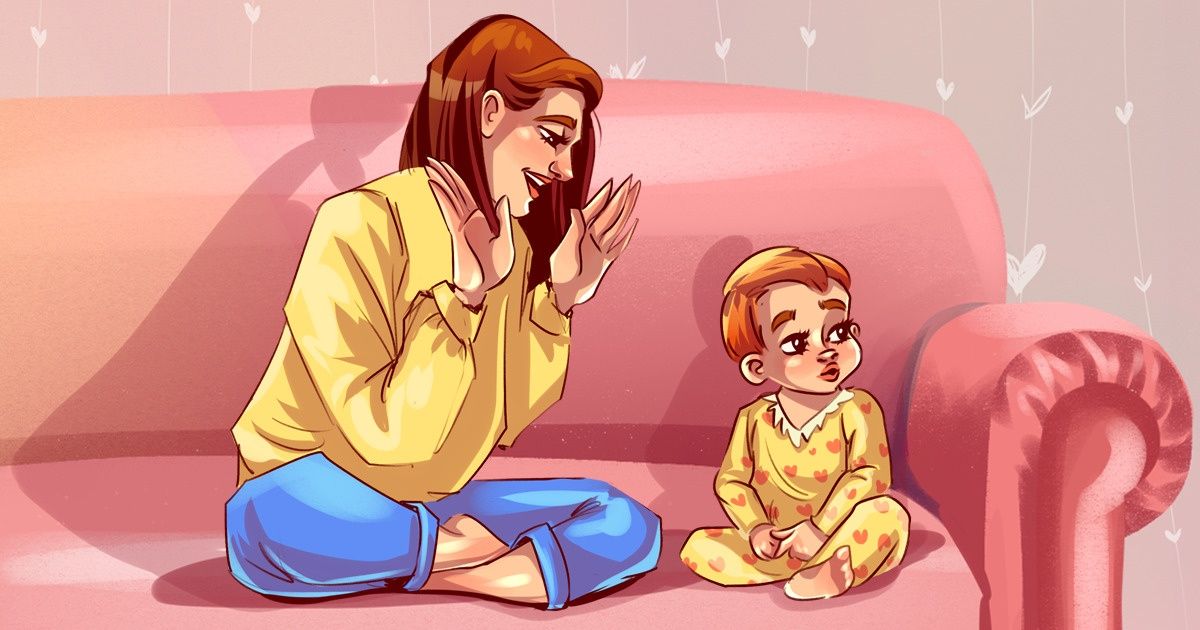
Children with autism think, speak and behave differently from their peers. They can often seem completely absorbed in themselves and may seem more interested in moving their fingers than playing or interacting with other people. This is because the classic symptoms of autism are marked by deficits in verbal communication skills. Something as simple as finding out what they want for lunch or knowing if they are happy or sad can become extremely difficult. Sometimes the signs that a child has this disorder can be obvious, but other times special attention should be paid to the little details.
Despite the difficulties, there are tips that can help you establish conversations with autistic children. That’s why we at Bright Side want to share with you a list of recommendations that can facilitate the way you communicate with your child or help you strengthen your bond with them.
1. Before turning 12 months
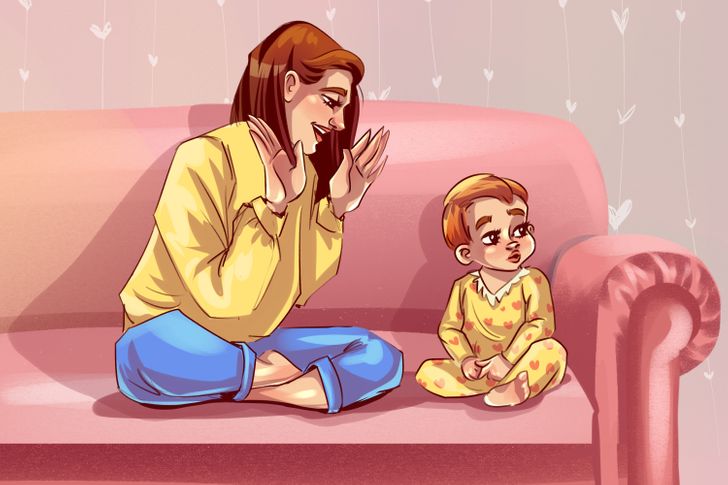
You can begin to recognize the symptoms of autism in babies around 6 and 12 months. It usually happens when the parents, or those who interact with the child, notice that the little one does not reach the typical achievements during their first year of life. Some of the signs are:
- They don’t pay attention to new faces.
- They don’t respond to loud noises.
- They don’t grab or hold objects.
- They don’t respond to a parent’s smile
- They are not trying to attract attention through actions.
- They have no interest in participating in interactive games with people.
2. They seem unable to show empathy.
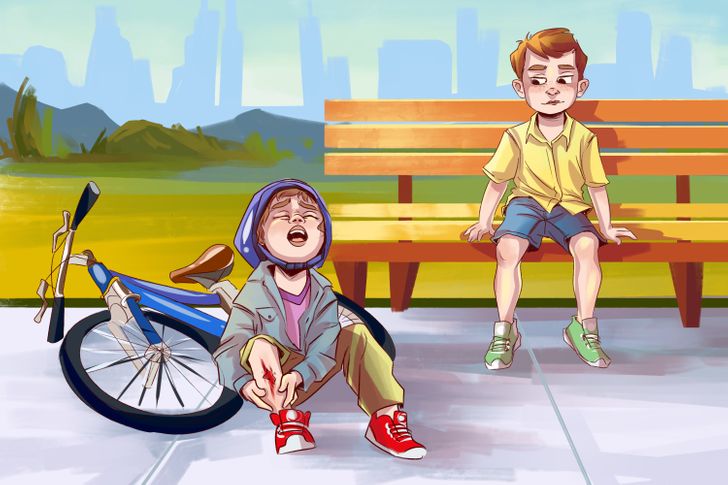
It can be difficult for kids with autism to show empathy and sympathy, or to understand another person’s perspective in a common way. Because of this, they may seem indifferent and unfriendly. They don’t know how to react to a difficult situation, they might laugh when someone is injured, or respond with little or no emotion to someone else’s pain or joy.
3. They show no interest in their loved ones.
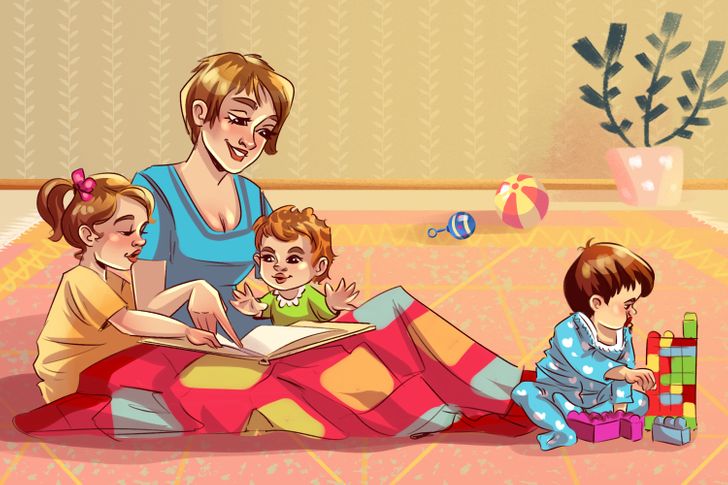
Children with autism may act distant, with no interest in establishing emotional bonds with their parents, siblings, or other children of the same age. They tend to avoid eye contact and remain alone, so they are emotionally disconnected from the world. However, this doesn’t mean that they don’t have feelings, but instead, it just means that they don’t know how to express them.
4. You have a hard time identifying their emotions.
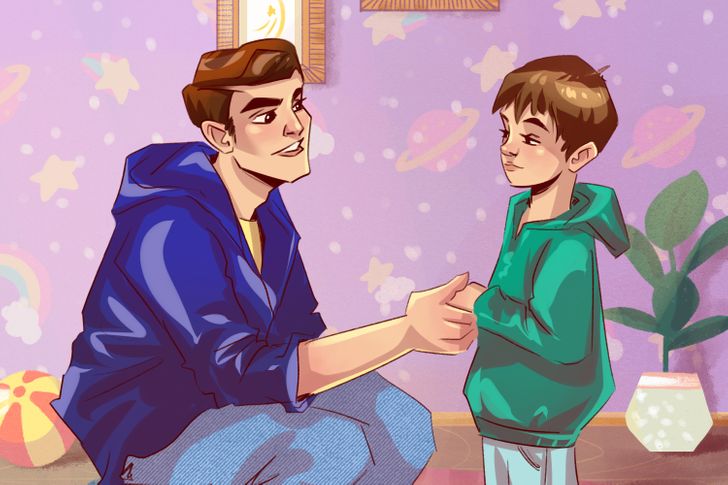
Due to the different levels of autism that exist, some children with the disorder may show their feelings in a similar way to children of their age (for example, if they feel pain, they may cry). However, they generally have a hard time demonstrating their feelings. It may also appear that they are not emotionally responsive, or that their responses are somewhat exaggerated. For example, they can get angry very quickly and get very upset about minor inconveniences.
5. Maintaining repetitive routines
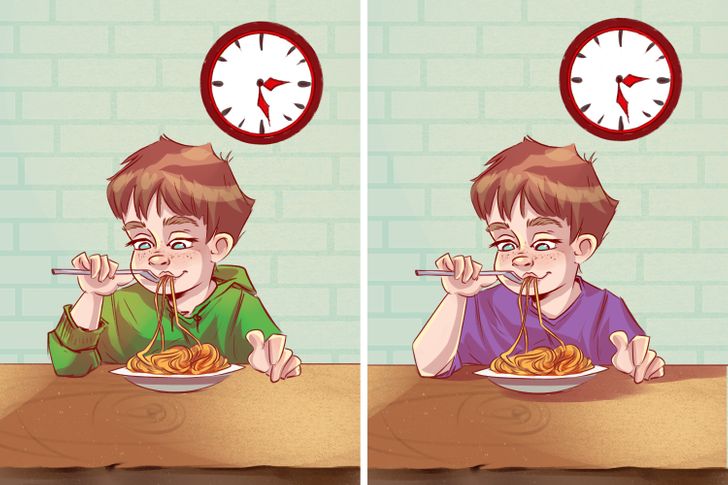
They develop restricted and repetitive patterns when doing activities that interest them. Usually, the things that attract them require their full attention and they can spend long periods of time focusing or repeating the same word. They like to maintain a daily routine so that they know what will happen every day. For example, they always want to go the same way to school or eat exactly the same food for dinner. Due to how strict they are with their routine, making changes can be inconceivable to them, and they may reject it entirely.
6. They may have sensory problems.
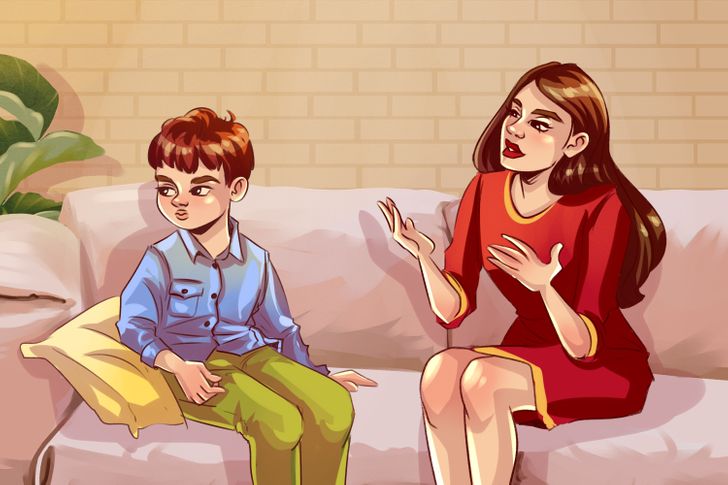
In some cases, children with autism may overreact or ignore sensory stimuli. Sometimes they can ignore the people speaking to them, even to the point of appearing deaf. However, at other times they can be disturbed by noise, even the softest sounds. Sudden noises, like the phone ringing, can cause discomfort, to which they will respond by covering their ears and making repetitive noises to drown out the offending sound. Children also tend to be very sensitive to touch (they don’t like to be touched) and to different types of textures. They may cringe at a pat on the back or the feel of a certain cloth against their skin.
7. They may overreact.
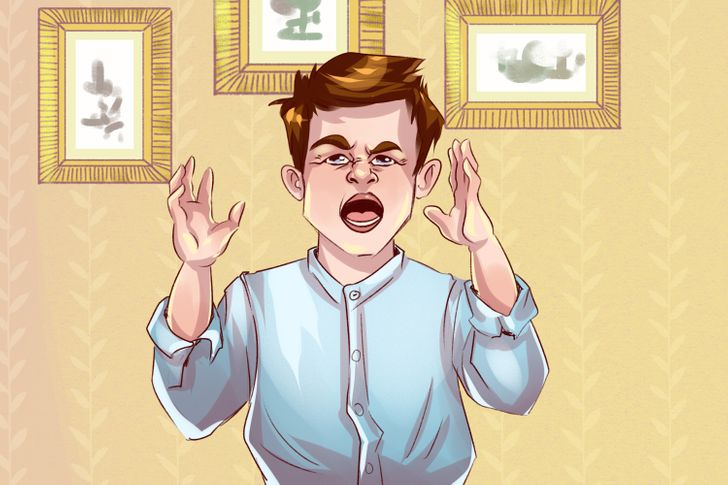
They may have difficulty regulating their emotions and act disproportionately in a situation that seems normal. For example, they could start screaming, crying, or laughing hysterically for no apparent reason. When stressed, they may exhibit disruptive or even aggressive behavior (breaking things, hitting others, or hurting themselves). In addition, they may not understand when they are in a dangerous situation, like moving vehicles or heights, but at the same time, be afraid of harmless objects, like a stuffed animal.
8. They show difficulty in speaking and understanding language.

Typically children begin to speak or imitate the sounds of people they interact with when they turn about a year and a half old. In the case of children with autism, they develop language skills much later. They might speak with an abnormal tone of voice, with a strange rhythm, or repeat words and phrases over and over again, without intending to say something specific. They have a hard time starting or maintaining a conversation. They don’t understand some simple sentences or questions and take what is said very literally. They lack the ability to understand humor, irony, and sarcasm.
9. Repetitive behavior
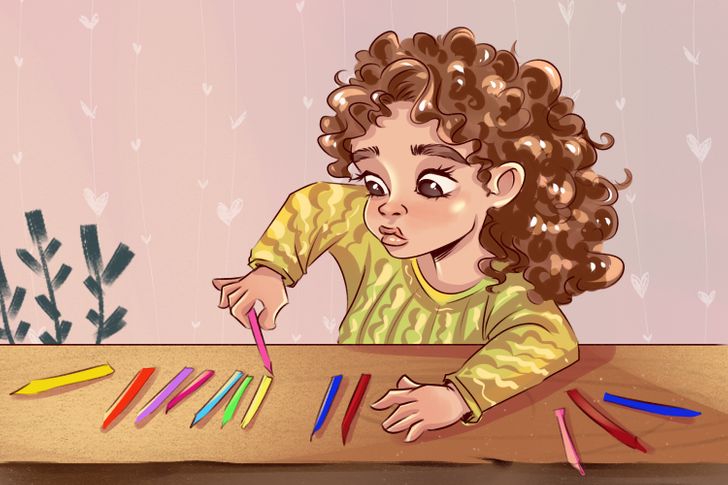
Children with autism are often stiff and even obsessive in their behaviors, activities, and interests. They might perform repetitive body movements, such as constantly moving their hands, rocking back and forth, or turning. They become obsessed with objects like keys or light switches and use them as toys. They have a tendency to get very interested in particular subjects that usually involve numbers or symbols (maps or sports statistics). They need to keep everything in a specific order, for example, they align their toys in a special way and they don’t tolerate someone changing it. They maintain an abnormal posture or may even move in a strange way.
10. They prefer non-verbal communication.
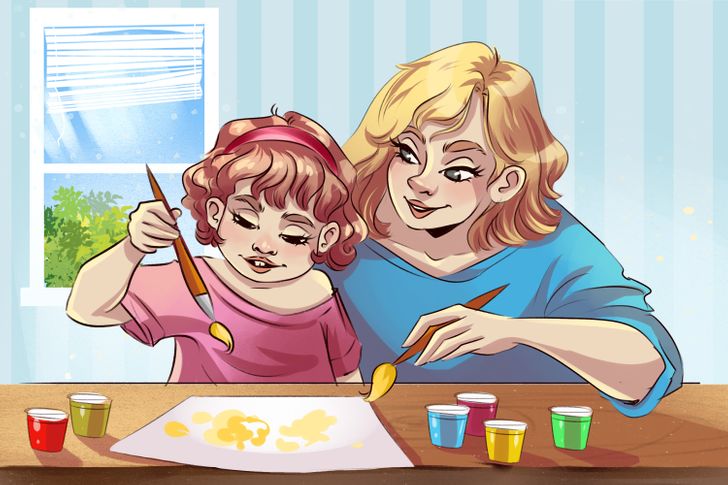
Because children with autism are slow to develop language and, even after doing so, have trouble expressing themselves, they prefer to use non-verbal communication. They can use both physical and visual tools, like drawings or gestures to indicate something.
11. They have difficulty recognizing facial expressions.
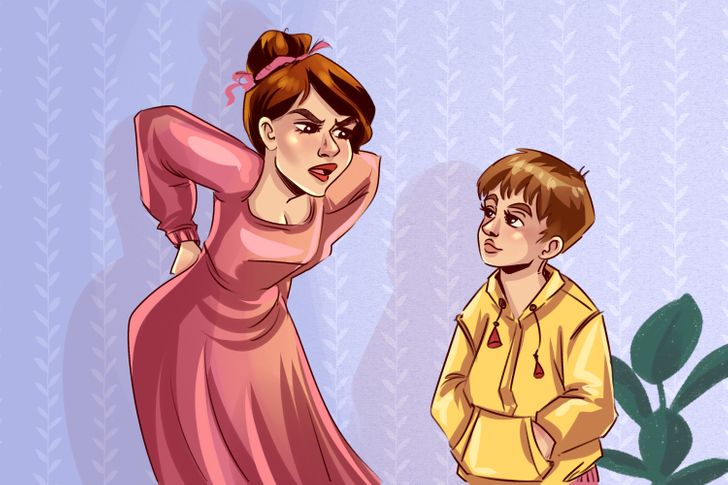
They may have difficulty recognizing facial expressions (for example, they don’t understand that their mother is upset with them when she is frowning). They also don’t understand the communicative signals regarding the tone of voice, meaning they don’t know how to distinguish if the person who is speaking is doing so in a happy, sad, or annoyed tone. They find it difficult to differentiate between the real and the imaginary since they are very imaginative and often live in their own little worlds.
Do you think that this type of disorder is still considered taboo today? Tell us in the comments if you know any other signs that can help identify a person with autism.
Comments
What an interesting and easy to understand information. Thanks!
When my daughter was born I thought she had autism, but then I just realized she was just being her self. She's a pretty smart but curious little lady
Related Reads
11 True Stories That Prove Real Life Doesn’t Need a Screenplay

13 Stories That Show Grandparents Are the Glue Holding Families Together
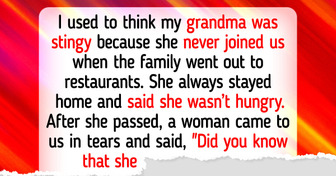
12 Moments That Prove Kindness Still Wins in a World That Turned Cold
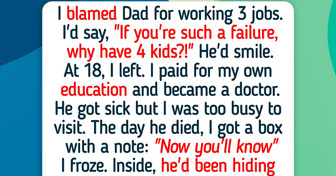
12 Moments That Inspire Us to Stay Kind, Even If Life Feels Impossible
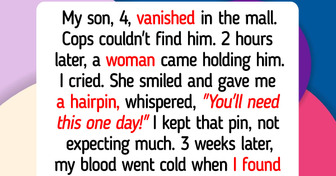
I Refuse to Give My Son His Father’s Inheritance—He Needs to Be on His Own Now
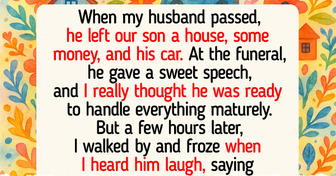
I Said I’m Child-Free, and My Coworker Ran Straight to HR
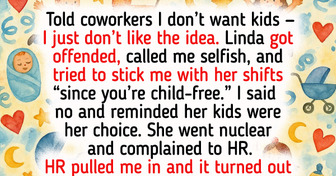
I Refuse to Help My Grandmother Who Needs Daily Care—I’m Not a Family Backup Plan
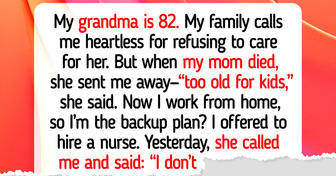
11 Stories That Prove Kids Are the Kindest Souls on Earth
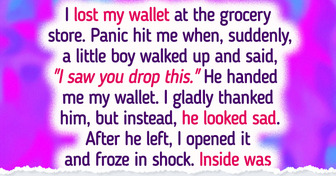
I Refused to Give My Inheritance to My Disabled Brother—I Feel No Guilt
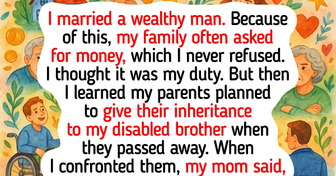
My Husband Forgot My Birthday, but I’m the One Who Had to Apologize

15 Moving Stories That Show Rocky Ride and Love Of Blended Families

11 Heartwarming Stories That Prove Family Is Everything
